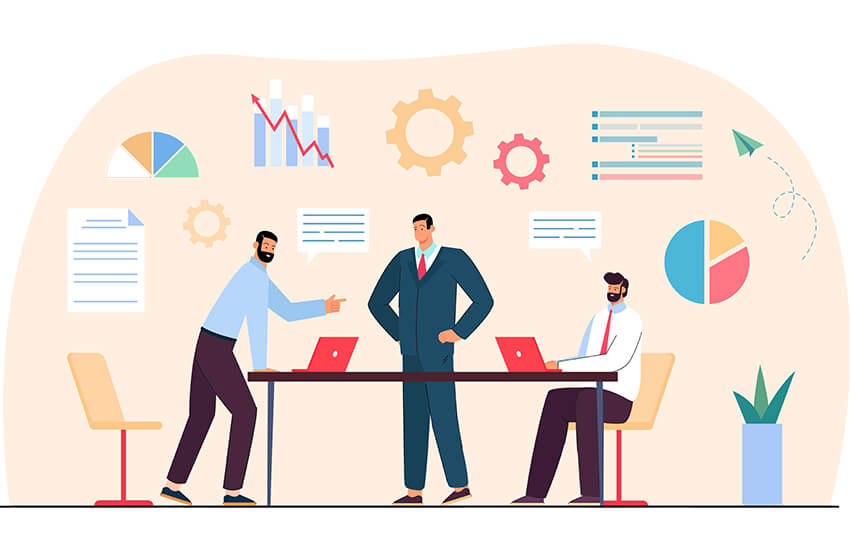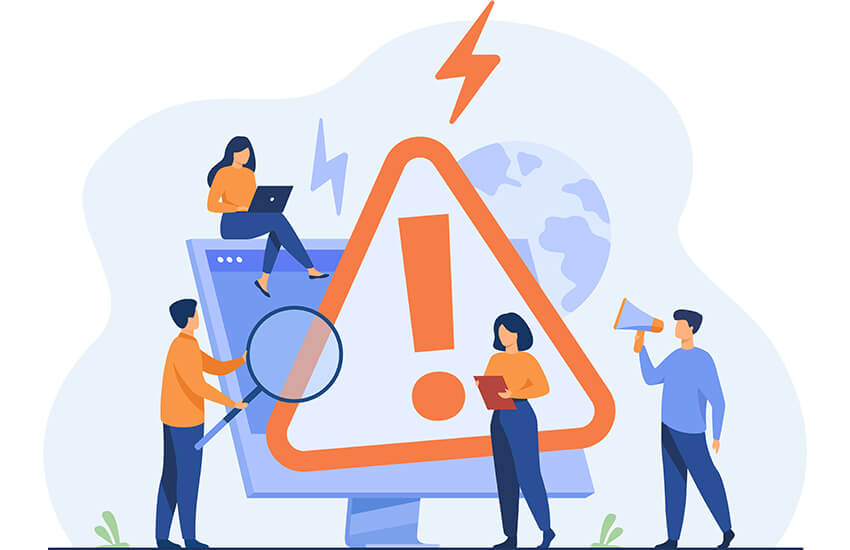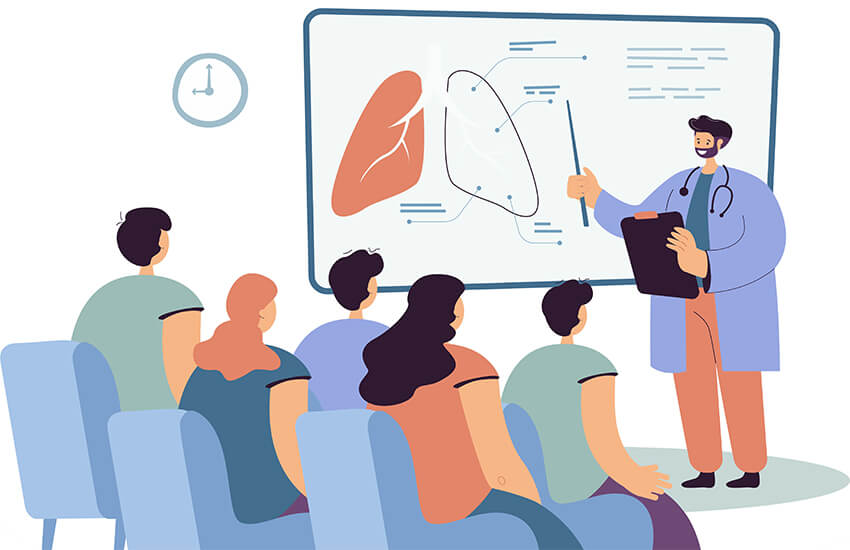Many home health companies find the transition to a new EMR home health software system to be a stressful and intimidating experience. Without appropriate planning, the process might become relatively chaotic, causing more problems than it was meant to solve. With a home health EHR system in place, providers can help improve patient treatment quality and safety.
As a result, when developing your strategy, the major goals should be to maintain care quality and patient safety throughout the process. Home healthcare agencies strive to avoid or minimize service interruptions. Another crucial goal for an EMR transfer is to reduce employee discontent. Home health providers, particularly nurses, are in high demand. You don’t want to lose them due to dissatisfaction with your new system. It’s quite clear the home health EHR can transform hospice or home care operations and outcomes.
Now that you know why, let’s look at how home health care EHR transitions work.
How to Implement Home Health EHR Solutions?
1. Select a Project Manager

Home health care solutions without EMR or EHR systems usually face many hurdles in day-to-day tasks. Implementing EHR systems in home health care will require a proper team. Especially a project manager who would be the home care agency’s primary point of contact with the IT firm. From delegating all responsibilities to managing communication, the project manager can help successfully implement home care EHR.
Generally, the project manager collaborates with us to create a “road plan” for the implementation. Implementation can be completed quickly in most cases, but organizations with complicated demands may require more comprehensive planning. The project manager may also assist with staff training directly or by organizing free personal training sessions with our support team. Furthermore, the project manager should offer updates on any changes in policies or procedures during weekly staff meetings.
2. Detect Possible Threats

In most situations, risks are due to agencies migrating from one EMR system to another. Moving data from one system to another is typically a baffling procedure if no precise plan is in place ahead of time. If you are transitioning from another hospice EMR system to a new home care EMR, we offer migration staff to make the process simple and hassle-free.
With our team of experts, you can easily detect potential threats early and leverage possible solutions. Identifying these threats promptly can implement home care software solutions smoothly and risk-free.
3. Provide proper training for staff

This is a pretty basic step that can significantly impact the effectiveness of your home health EHR solutions implementation. Many organizations make the mistake of installing a new EMR system without first developing a training strategy for their employees. It’s quite a big risk to proceed without planning and strategizing.
When the staff is only partially trained, this can often lead to chaos and confusion, causing the EMR system to work against you rather than for you. So, planning, strategizing and training staff are crucial for implementing EMR for home health.
A strong plan is essential for successful implementation. We like to be proactive rather than reactive. We consistently roll out successful and seamless implementations for healthcare practices nationwide by addressing possible difficulties before they develop. If you choose to work with EMR vendors or home healthcare solutions development experts like us, you must always investigate and comprehend the support procedures first. Working with an EHR vendor that delivers the kind of planning and support required to truly benefit from their program is just as vital as having the capabilities your practice demands.
Practice Steps to Adopt for Home Health EHR Transition
Switching to new technology or software can be frightening, but it will be well worth it. The best thing you can do is to plan ahead of time.
1. Expense Planning

Budgeting is an important step toward implementing automated healthcare solutions. With CMS and some insurers continuing to slash home health reimbursement, you should be prepared for the costs of EHR installation. Expense planning also covers time commitments and staff resources. So, when budgeting, here are some crucial aspects to consider.
- Would you curtail requests for time off during the transition period?
- Who will need to be consulted along the road, and when and how will you meet? Create a strategic plan or a roadmap.
- What extra costs will you incur for employee training and meetings?
2. Standardize Operations

Workflows must be defined for a successful EMR transition or upgrade. Additionally, your vendor may require access to your processes to design user training and train your employees for the best performance within your agency. Analyze your present workflows and note any processes that require clarity early in the planning phase. Also, check to see if your operations are HIPAA compliant.
Another important thing to remember is that you should postpone any other major organizational changes for a few months. You don’t want to overburden your teams during this time of adjustment. Avoid implementing any new procedures or projects. Maintain current processes so that your team may concentrate on the EMR transition. It will help to reduce stress in your employees as well as in yourself.
3. Plan and Develop training

Employee training must be customized for your healthcare organization. Experts agree on the best method to teach your employees about new EHR systems. Here are a few ideas to consider. Employees complete practice lessons in a “sandbox” environment independently and learn independently. However, it is not suitable for everyone. Some employees require frequent feedback. Nonetheless, this strategy saves both time and money.
To suit diverse learning styles, online courses, webinars, and videos convey the subject differently. The disadvantage is that it can be time-consuming and expensive to set up. Create a schedule and find suitable trainers to train your staff once you’ve prepared your training strategy.
Remember that training for your new system will most likely extend past the go-live date. You want to be there for your teams while they adjust. Spend time and resources on trainers who will assist staff as needed.
4. Identify and remove roadblocks

Spend time determining how your new system will interact with your existing procedures. Think about how it will function for your teams. Look for any bottlenecks and eliminate them as soon as possible.
Employee opposition can be a challenging hurdle to overcome. To combat it, ensuring that key stakeholders like managers and supervisors have “buy-in.” Likewise, ensure you’re talking with them frequently and resolving their problems.
5. Appoint team leaders

Select implementation advocates or leaders to support and motivate your team. Throughout the implementation phase, they will increase employee morale. According to one study, successful home health EHR transitions need teams to think beyond the technical components and address social variables during implementation.
Your designated champions will serve as a resource for their peers while also providing feedback to management. Their involvement will reassure your staff that the implementation is a communal effort rather than one person independently making decisions for the entire company.
6. Leverage resources from a vendor

Your home health EHR vendor will most likely provide tools or services to make your implementation go more smoothly. You want to maximize the return on this substantial investment. Discuss your training and implementation strategy with your vendor. They will almost certainly provide a route map. You can also modify it to match the demands of your organization.
Conclusion
A new EMR has the potential for better patient care, but adoption can be a difficult hurdle. These actionable steps will assist you in preparing for and navigating your next hospice EMR update or upgrade. You’re more likely to make a seamless and effective transfer now that you have these steps to follow. Look forward, knowing that it will all be worthwhile! As a custom healthcare solution developer, we will assist your agency every step of the way to ensure the successful implementation of hospice EHR.
References:
- https://www.alorahealth.com/home-health-emr-transitioning-blog/?amp=1
- https://go.myhomecarebiz.com/blog/home-health-software-how-to-transition-to-electronic-records
- https://www.healthcarefirst.com/blog/news/tips-successful-ehr-implementation/
- https://modlogix.com/blog/the-ultimate-guide-on-transition-from-one-electronic-health-records-software-ehr-to-another/
OSP is a trusted software development company that delivers bespoke solutions as per your business needs. Connect with us to hire the best talents in the industry to build enterprise-grade software.

How can we help?
Fill out the short form below or call us at (888) 846-5382
Looking for software solutions to build your product?
Let's discuss your software solutions for your product in our free development acceleration call!
Get In Touch arrow_forwardDiscuss Your Project Handover with a team of expert Book a free consultation arrow_forward
About Author

Written by Riken Shah linkedin
Riken's work motto is to help healthcare providers use technological advancements to make healthcare easily accessible to all stakeholders, from providers to patients. Under his leadership and guidance, OSP Labs has successfully developed over 600 customized software solutions for 200+ healthcare clients across continents.

















